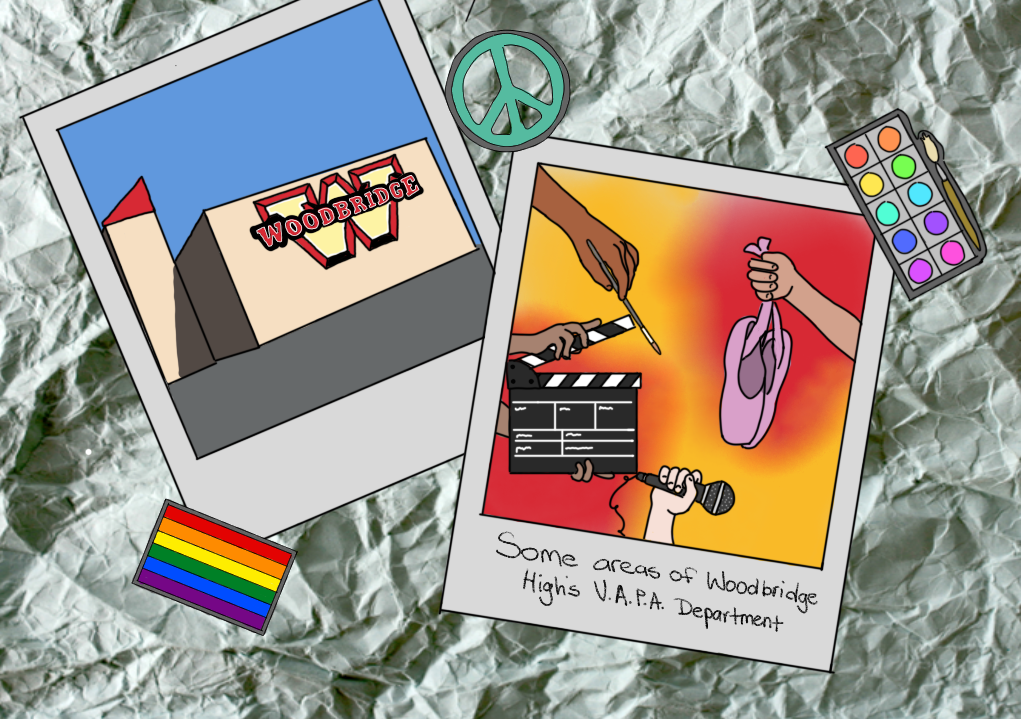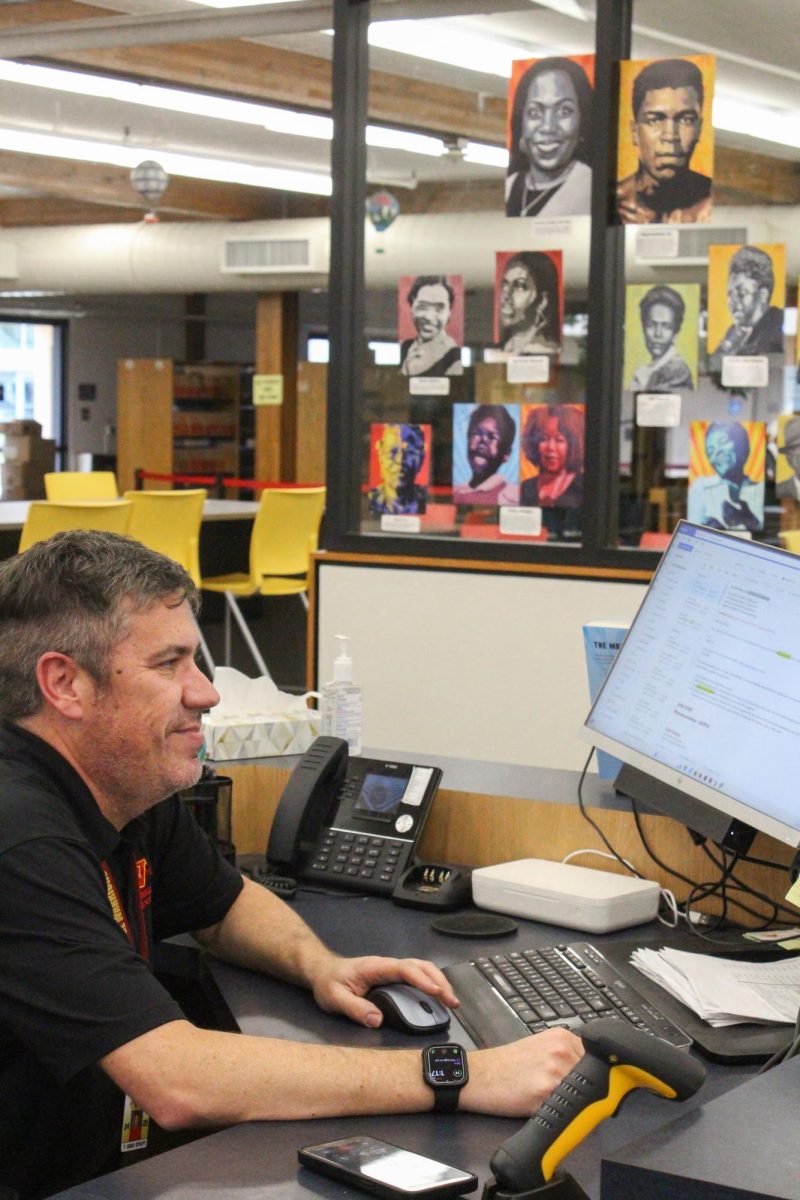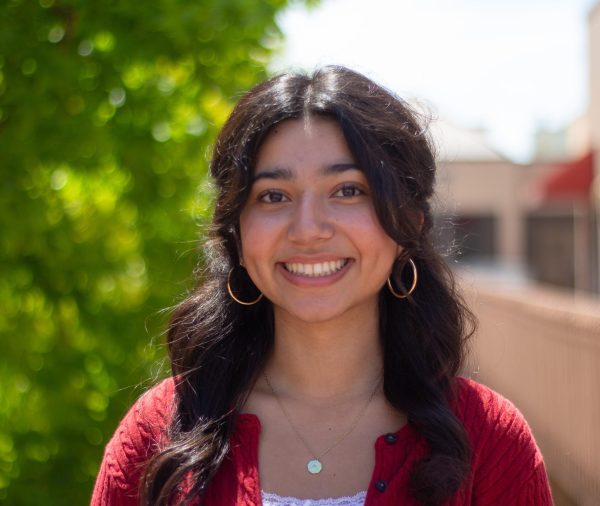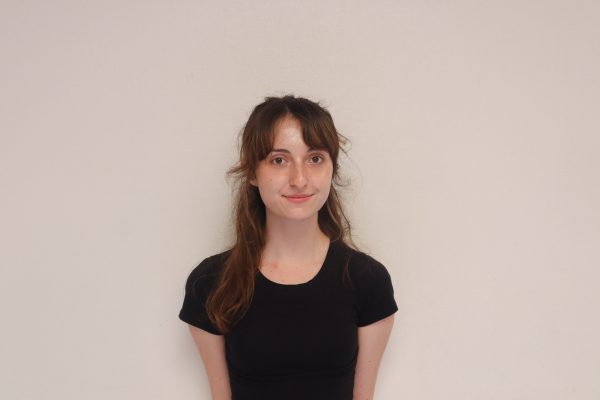At Woodbridge High, Visual Arts and Performing Arts students (VAPA) all over campus are pushing for greater equality in their works, making the Warrior environment more representative of our diverse student body.
As seen throughout much of modern art, there has been a significant push for representation in all forms of media. Overall, there has been a much larger awareness of expressing culture and diversity through the lens of art. An overflowing amount of previously unheard perspectives, stories and techniques have a newfound space to be appreciated and learned from. From the traditional canvas to the red and gold stage at Woodbridge High, there are a lot of diverse pieces to explore.
Representative and diverse art not only reflects a part of history and life that has historically been ignored, but it adds to traditional mediums and pushes the envelope of typical ideals of what art can show and how it can be interpreted. Art has the ability to be transformative, meaning that from the earliest days of art to now, new perspectives can be added. Art from all perspectives can be enriching, validating as well as educational.
The theater department’s fall play, “The Curious Incident of the Dog in the Night-Time,” will include a character with autism and their story will be conveyed to the audience, giving them a window into the life of someone who might have different experiences from them.
“It’s less about teaching people more about empathy and [more about] learning about what it’s like to go through someone’s struggles or even acknowledge someone’s hardships,” advanced drama student and junior Sydney Varon said.
Looking at art through these lenses can allow everyone to learn and gain a kind of compassion towards each other. In the long term, this will lead to less isolation between people and a greater understanding of each other.
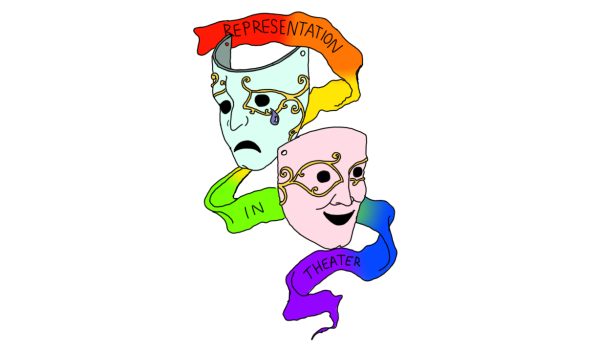
Using art as a medium for communicating the diverse perspectives of people also allows for these messages to be more accessible to the public. This is an especially important aspect of highlighting underrepresented voices in the community through performing art. Performing art immerses the audience in a story that can share diverse perspectives in approachable, easy to understand and compelling ways.
Another part of representative art is displaying different cultural perspectives. Culture in art does not have to be communicated solely through a piece’s story; it can also be seen in the stylistic choices.
“If I want to explore different parts of my culture, there is going to be different aspects of my culture intertwined in my art,” Advanced Placement (AP) artist and junior Cortney Greer said. “But I think also stylistically, how I make art, because I do go to an art studio outside of school, which is a majority I think we learn a lot of techniques that are very popular and taught in Korea.”
Greer details how the VAPA department has created a safe environment for students to share their culture. She establishes that she’s not worried about the judgment of others when she’s expressing her unique perspective through art.
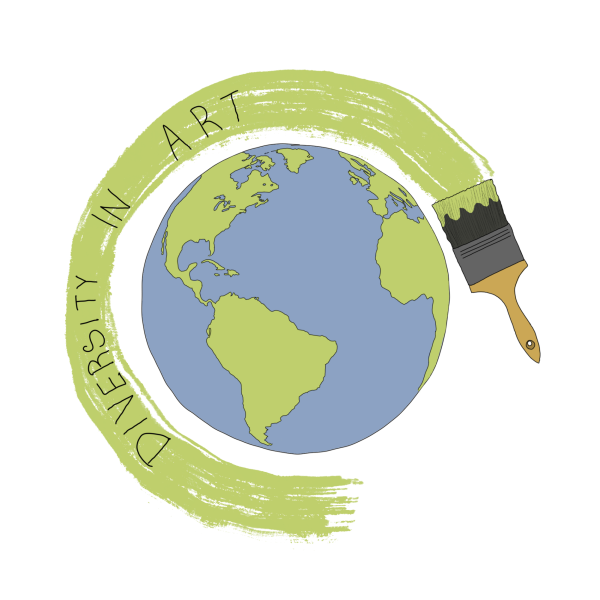
“I never feel worried about art,” Greer said. “I think sometimes you might [think], ‘Oh, what will other people think?’ But I think that’s part of the beauty of art because art is all about different perspectives and learning what other people’s experiences are like.”
VAPA has worked to create great programs, such as AP Drawing, Advanced Drama and Dance Company.
VAPA has worked to make it so that art and culture are intertwined.
“I do incorporate some characteristics and clothing styles from Korean culture and other cultures as well,” junior AP artist Byul Chung said.
The ability to show oneself in their art and within their craft can allow everyone of every culture to feel inspired and gain an appreciation.
“Culture plays a significant role in the arts as a way of cultural expression and influencing different aspects of each art,” varsity dancer and junior Chelsea Im said. In dance, we perform styles that are shaped from cultures, such as K-Pop, Bollywood and so many more. It connects with different communities and preserves traditions and stories.”
Art does not just have to be reflective of oneself but it can actually inspire others to take inspiration into their own crafts even if they do not share the same culture. Greater appreciation for others’ perspectives can be built as well as the connection of different cultures and their art. In addition, exploring culture through art builds an inclusive community at Woodbridge High supportive of other artists trying to find their own perspectives.
“Having diversity shows a wide array of your thoughts and feelings and can display various important messages,” Chung said.
At Woodbridge High, everyone has the ability to express and explore the cultures of the world. It is a core part of embracing the diversity of students and staff as well as creating an environment where artists are capable of expressing their own perspectives.
“Diversity is extremely important for art. We need diverse voices as a way of understanding other cultures, enriching both artistic expression and creating a more inclusive community,” Im said. “In order to connect with others through art, we need various perspectives and a greater understanding and appreciation for all cultures.”
Culture breeds connection with others. Art is an expression of that connection that can be shared with everyone
Woodbridge High is an environment rich with diverse cultures, perspectives and art through the VAPA program and it is all thanks to the students and staff pushing for all stories to be told through all mediums.



